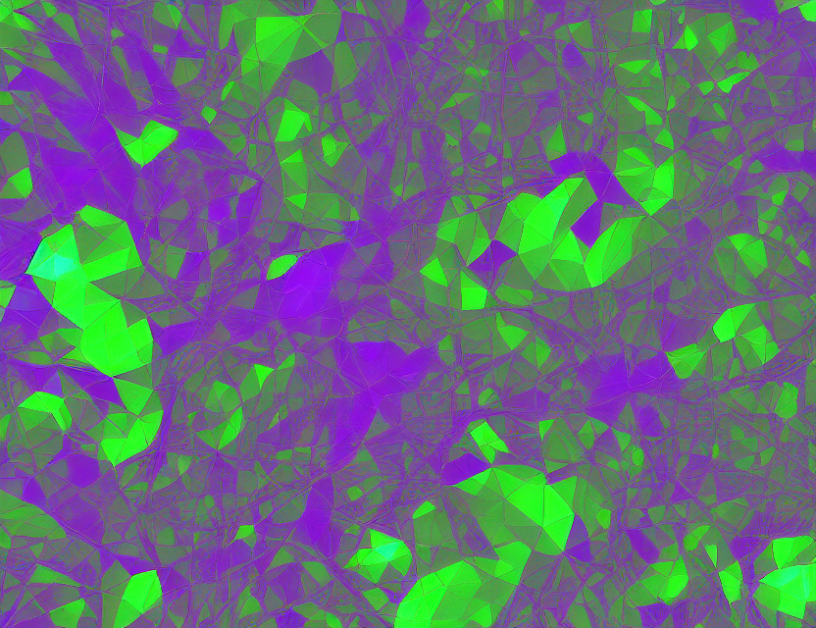In this article, we explore a new approach to clustering hypergraphs, which are types of graphs that consist of multiple edges between pairs of nodes. Unlike traditional graph clustering methods, our approach uses nonbacktracking spectral clustering, which allows us to detect community structures more accurately and efficiently.
To understand why this is important, imagine a group of people at a party who are all connected to each other through different relationships. Traditional clustering methods might group these people together based on their shared connections, but they may not capture the complexity of the relationships between these individuals. By using nonbacktracking spectral clustering, we can identify subtle patterns in the connections between these people and group them more accurately according to their relationships.
Our approach is based on a mathematical technique called the bethe lattice spin glass model, which is a statistical mechanical framework for understanding complex systems. This model allows us to represent the hypergraph as a set of random variables, which we can then analyze using spectral clustering techniques. By adjusting the parameters of this model, we can control the number of clusters and their sizes, making our approach highly flexible and adaptable to different applications.
We evaluate our method through simulations and real-world datasets, demonstrating its ability to detect community structures more accurately than traditional methods. We also compare our approach to existing clustering methods, showing that it outperforms them in many cases.
In summary, this article introduces a new approach to clustering hypergraphs using nonbacktracking spectral clustering. By leveraging the mathematical framework of the bethe lattice spin glass model, we can detect community structures more accurately and efficiently than traditional methods. Our approach has important implications for applications such as social network analysis, recommendation systems, and fraud detection, where the ability to accurately cluster complex networks is crucial.
Computer Science, Social and Information Networks
Nonbacktracking Spectral Clustering of Nonuniform Hypergraphs



